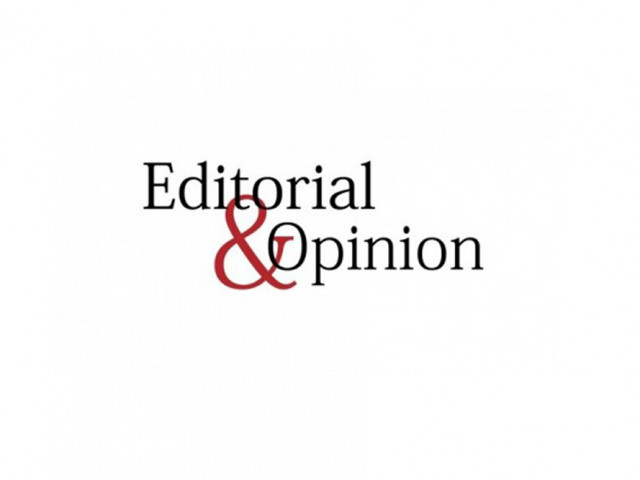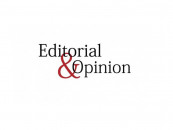Unsafe drinking water
Tasked by the government to monitor and publicise bottled water quality on a quarterly basis

In its second-quarter report for 2025, the Pakistan Council for Research in Water Resources (PCRWR) has flagged 23 bottled water brands as unsafe for human consumption due to microbiological and chemical contamination. The report, which examined 203 samples collected from 21 cities across the country, once again lays bare the disturbing disconnect between public health warnings and regulatory enforcement.
Tasked by the government to monitor and publicise bottled water quality on a quarterly basis, PCRWR continues to fulfil its mandate with consistency. But what follows such disclosures - or rather, what doesn't — is where the real problem lies. Despite repeated exposure of violators, there has been little effort to hold them accountable. No complaints lodged, no punitive action taken, no meaningful oversight from the Pakistan Standards and Quality Control Authority. It is a damning indictment of regulatory paralysis that even after being named and shamed, companies continue operations without interruption. Consumers, in the absence of strict enforcement, remain vulnerable and are forced to rely on what should be the safer option, only to unknowingly ingest harmful contaminants.
In a country where access to clean drinking water is already limited, the unchecked proliferation of unsafe bottled water represents a public health crisis in the making. Diarrhoeal illnesses, gastrointestinal infections and long-term exposure to toxic substances are just some of the consequences that accompany this lack of oversight.
It is not enough to release periodic lists and encourage the public to check them. What is needed is a firm policy response: sealing of production facilities found in violation, blacklisting repeat offenders, initiating criminal proceedings where applicable, and shutting down operations once and for all. Regulatory bodies must move beyond the passive role of data collection and assume a more assertive posture in safeguarding public health.














COMMENTS
Comments are moderated and generally will be posted if they are on-topic and not abusive.
For more information, please see our Comments FAQ